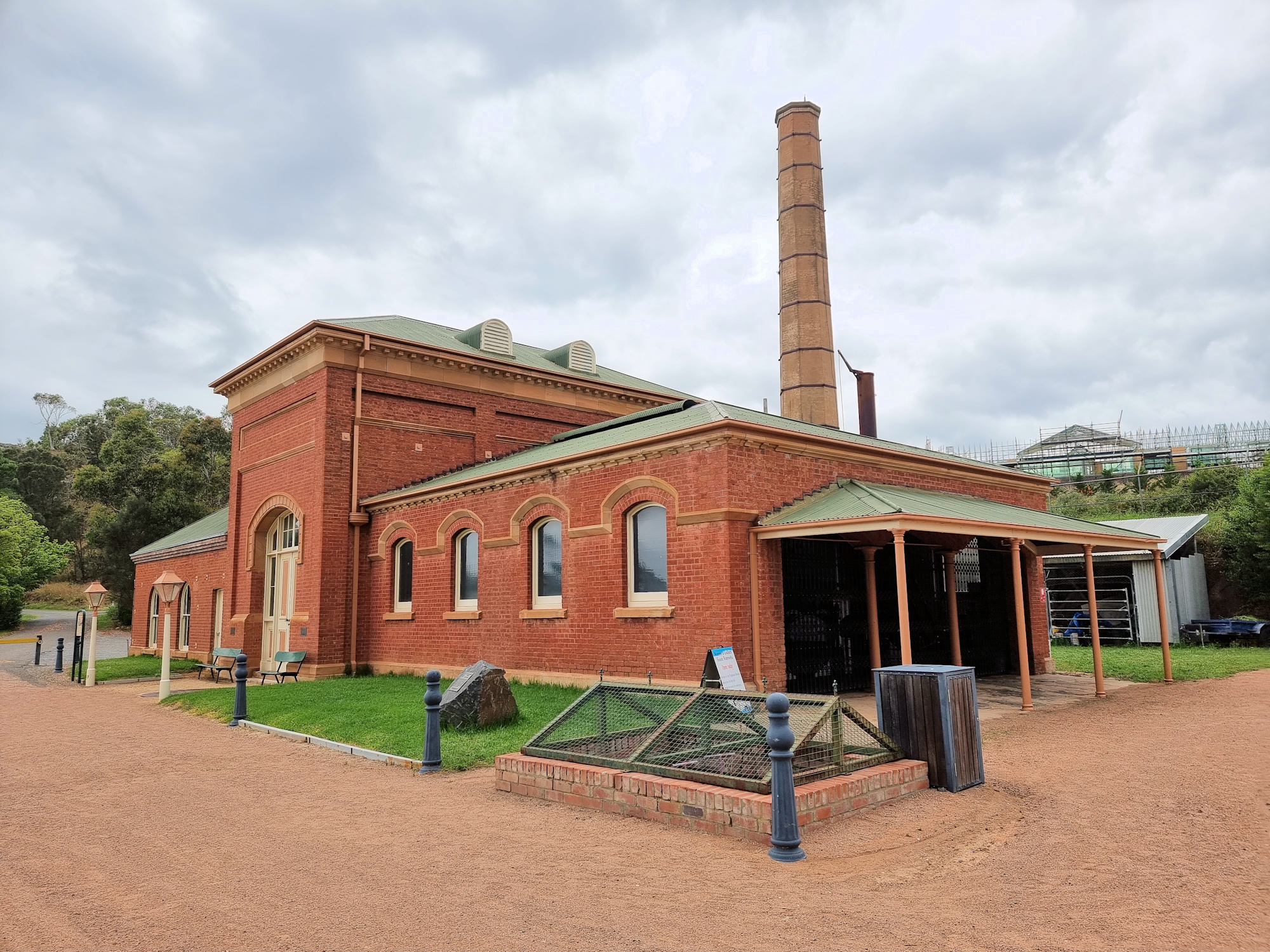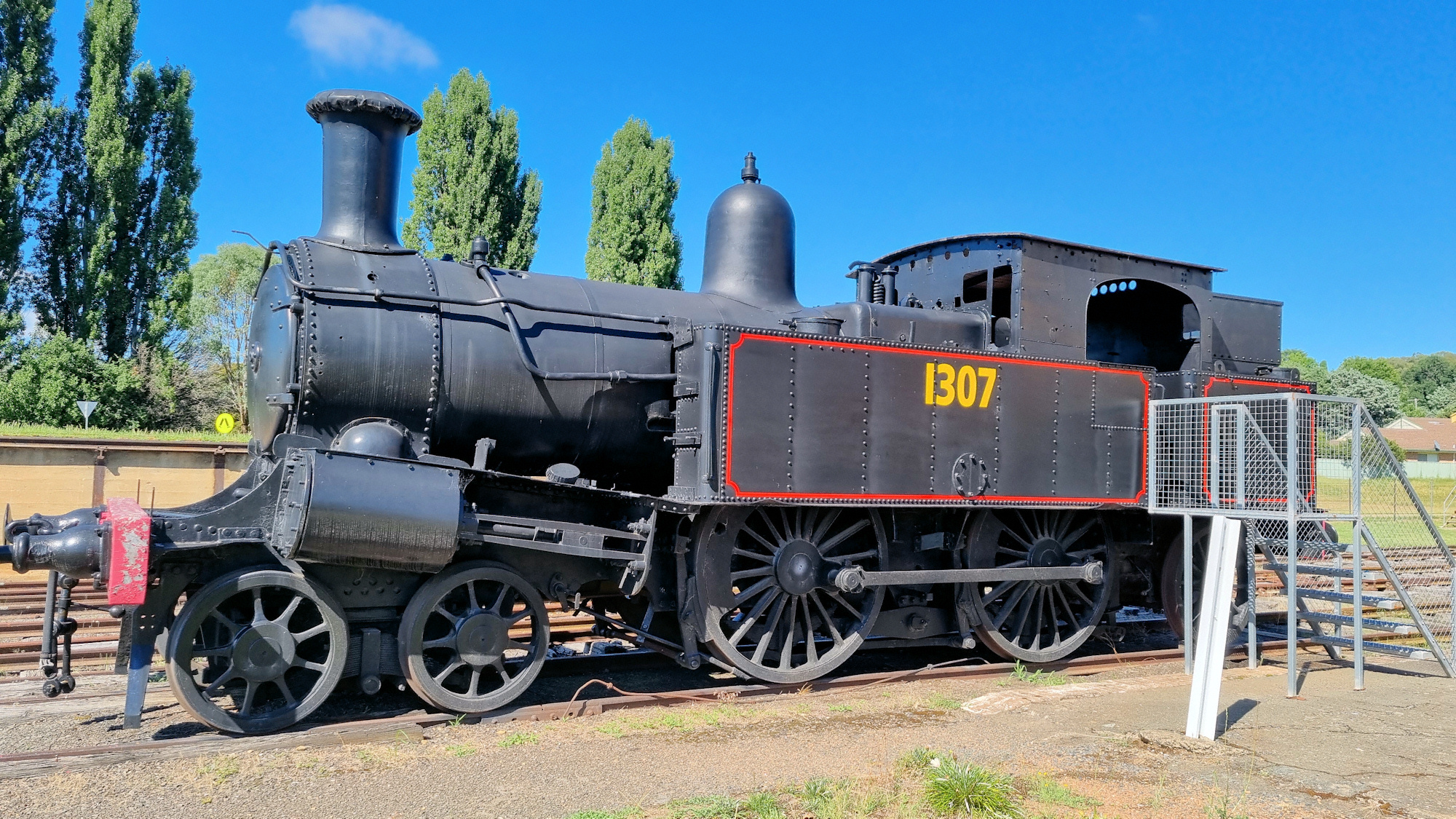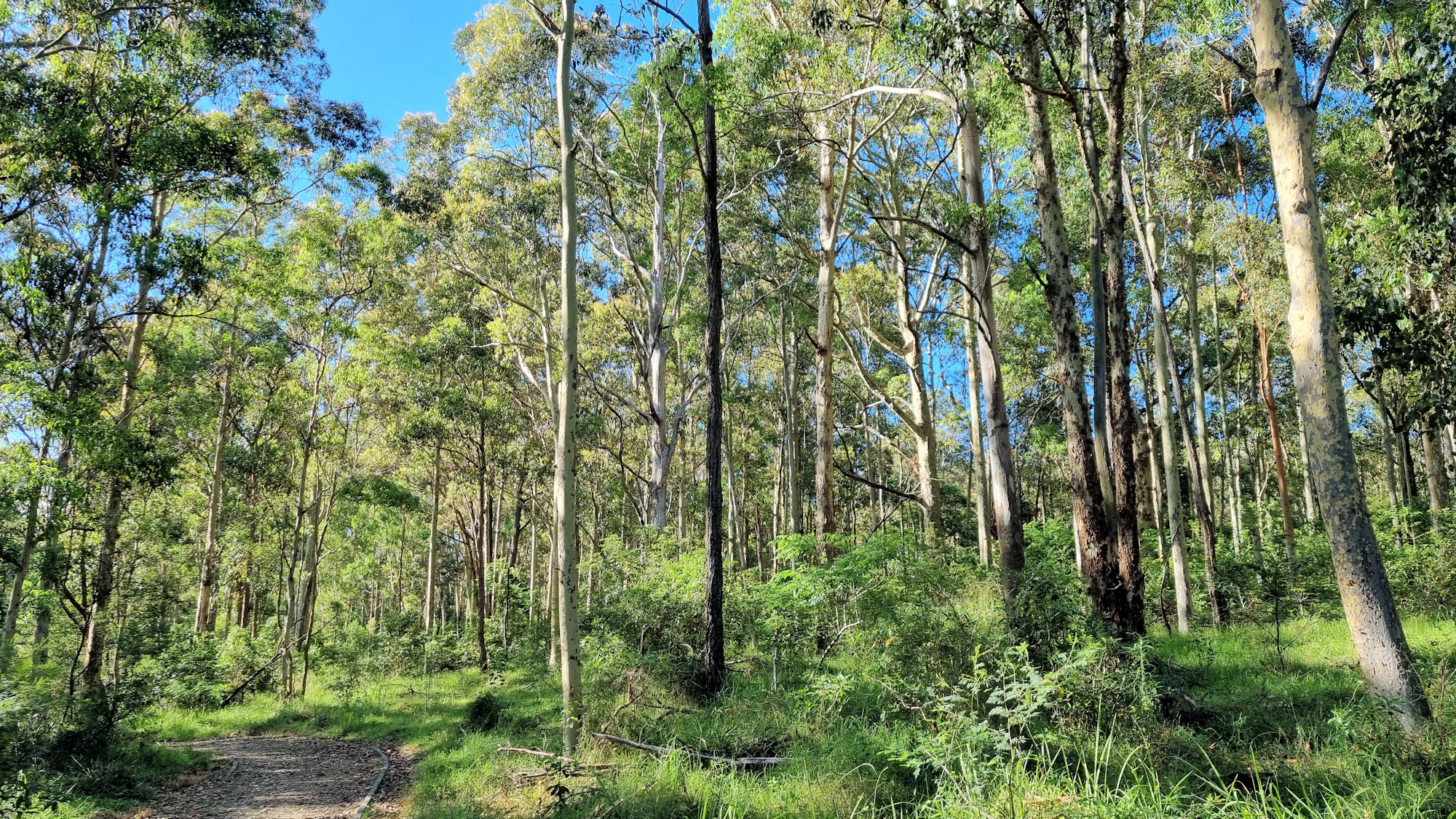Category: History
-
Goulburn Waterworks

Goulburn Waterworks Located at Marsden Weir on the Wollondilly River, Goulburn Waterworks is another great attraction to visit in Goulburn. One of four pump-houses built at the same time, the Goulburn Waterworks is the only one with its original pumps. Unfortunately, the other three were sold for scrap Intending to simply walk around the beautiful… Read more
-
Yass Railway Museum

Yass Railway Museum Located in the old Yass Town railway station, the Yass Railway Museum displays some of the old rolling stock that used to work here. The main rail line passes four kilometres to the north of Yass, because two river crossing would have been needed to bring it through town. Because of this,… Read more
-
Heritage Walking Track Minmi

Heritage Walking Track Originally a coal mining area dating from the 1840s, little remains to remind you of its past. Following its closure in the 1980s, rehabilitation and dedicated work by the Minmi Heritage Landcare Group have removed many of the scars. Plantings of native trees, the eradication of invasive plants and the installation of… Read more